Ebook Resource
Action Research in Education A Practical Guide
T
his book was written for practicing and prospective educators. Our main goal
in writing this book was to provide practical guidelines for school practitio-
ners who would like to carry out action research in their current or future
educational settings. Action research has been embraced by a growing number of
teachers, administrators, counselors, specialists, school aides, and other school
personnel as a viable component of their professional practice. They believe that
action research can enhance their ability to grow professionally, to tackle class-
room and school challenges, to make autonomous research-based decisions, and to
assume responsibility for their own practice. As school practitioners who conduct
and evaluate their school-based studies, they strive to question taken-for-granted
assumptions, to explore new ideas to improve their work, and to understand the
choices available to them and the meanings and implications of their choices.
Thus, action research is a powerful strategy for enhancing educators’ profession-
alism and improving the quality of their students’ learning, thereby empowering
educators to become active partners in leading school change and powerful agents
of educational renewal.
This book can be used as a primary text in preservice and inservice research
courses that prepare novice school-based researchers to conduct action research in
their educational settings. The book is also useful for practicing classroom teach-
ers in PreK–12 in all areas of education, as well as for other school practitioners
who are interested in conducting action research for the first time, as part of their
vi Preface
professional development. Additionally, the book can be used as a self-study text
by educators who are interested in conducting action research projects in con-
junction with their everyday instructional practices and activities in schools and
classrooms.
As the title implies, we took a very practical approach in writing the book,
which stems from our focus on meeting the needs of beginning researchers and
introducing them to the knowledge, understandings, and skills necessary for con-
ducting classroom and school investigations. The practical orientation has also
emerged from our long and extensive experience with teaching and conducting
action research and our close collaboration with teacher researchers. Teachers and
other educators may find two distinct aspects of the book particularly beneficial
for incorporating action research into their practice: an evenhanded account of
qualitative, quantitative, and mixed-methods approaches and a chapter devoted
to assessment. While qualitative research methods (e.g., observations, interviews,
and rich narratives) enhance the sensitivity of action researchers to the nuanced
world of the school, the classroom, and the students, numerical data (e.g., test
scores and attendance records) provide an effective tool to assess, describe, and
analyze other aspects of school life. The decision about which approach to use—
qualitative, quantitative, or mixed—should be made by action researchers accord-
ing to the nature of their research questions, the focus of their studies, the par-
ticular settings in which the research occurs, and their interests and dispositions.
Therefore, in this book, qualitative and quantitative approaches are balanced and
given equal weight. Each step of the action research process is described from the
perspective of qualitative, quantitative, and mixed-methods approaches, and we
explain how they differ in viewing school reality, and how the different methods
and strategies are typically used in each approach.
The same practical approach and emphasis on the needs of educational practi-
tioners led us to also include a chapter devoted to assessment, even though it is not
usually included in books on action research, because we believe that assessment
has an essential role in the process of action research. Assessment information can
be a valuable data source as educators assess the effectiveness of their practice,
examine their teaching strategies, explore a new curriculum unit, or appraise a
schoolwide program. In the book we describe how to design and evaluate multiple
assessment tools and the role assessment plays in educators’ quest to improve their
practice through action research. We discuss the contributions of each method for
understanding students’ achievement in order to gain a richer and more holistic
insight into each student’s learning and growth.
Availability
Detail Information
- Series Title
-
-
- Call Number
-
LB1028.24.E34 2013
- Publisher
- 72 Spring Street, New York, NY : The Guilford Press., 2013
- Collation
-
290p.
- Language
-
English
- ISBN/ISSN
-
978-1-4625-0961-4
- Classification
-
Education
- Content Type
-
text
- Media Type
-
-
- Carrier Type
-
-
- Edition
-
-
- Subject(s)
-
-
- Specific Detail Info
-
-
- Statement of Responsibility
-
-
Other version/related
No other version available
File Attachment
Comments
You must be logged in to post a comment
 Computer Science, Information & General Works
Computer Science, Information & General Works  Philosophy & Psychology
Philosophy & Psychology  Religion
Religion  Social Sciences
Social Sciences  Language
Language  Pure Science
Pure Science  Applied Sciences
Applied Sciences  Art & Recreation
Art & Recreation  Literature
Literature  History & Geography
History & Geography  Grade School
Grade School 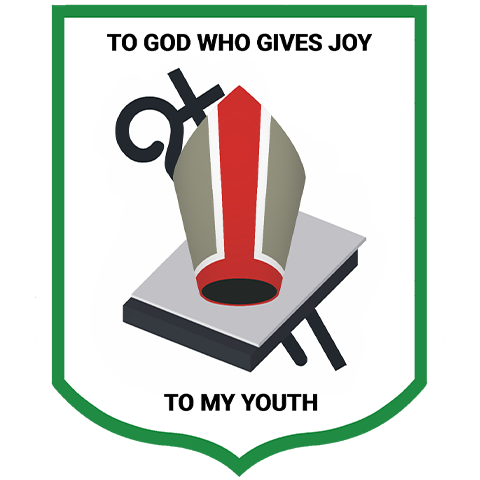 Junior High School
Junior High School 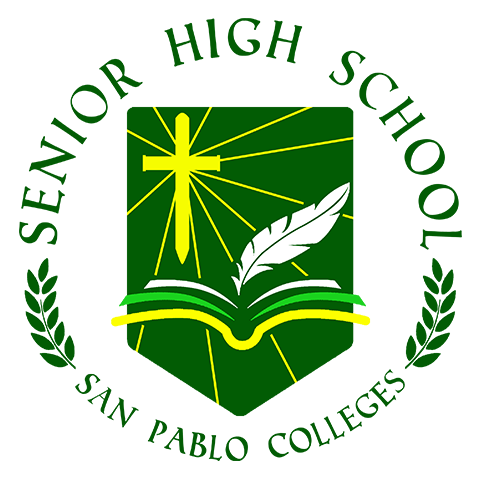 Senior High School
Senior High School 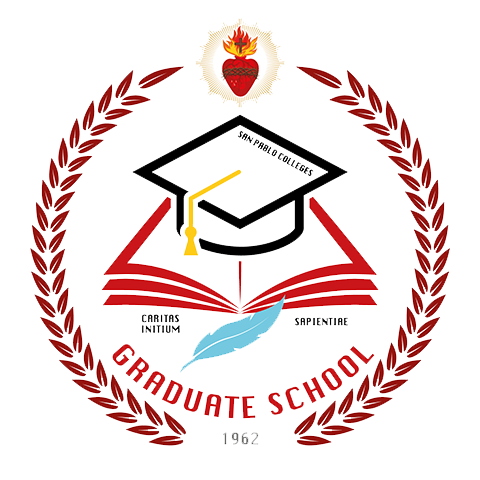 Graduate School
Graduate School 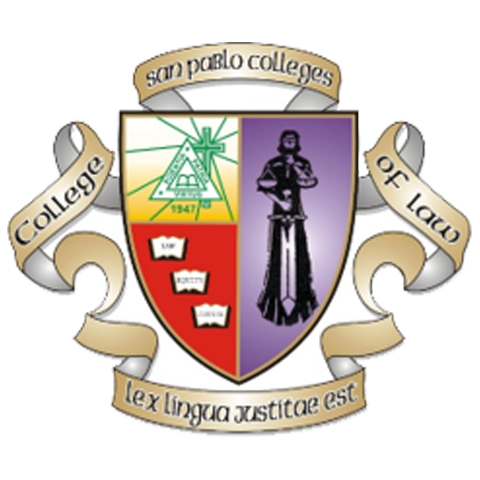 Law Library
Law Library 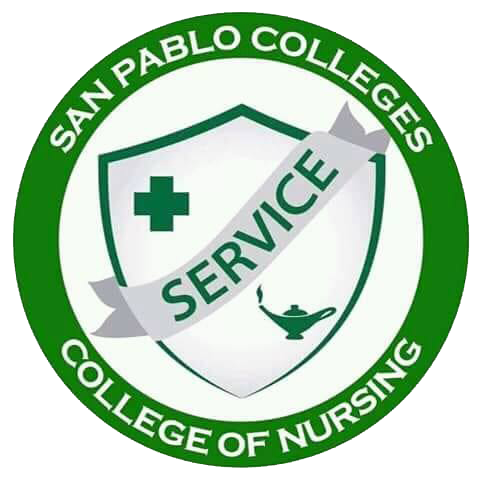 Allied Health
Allied Health 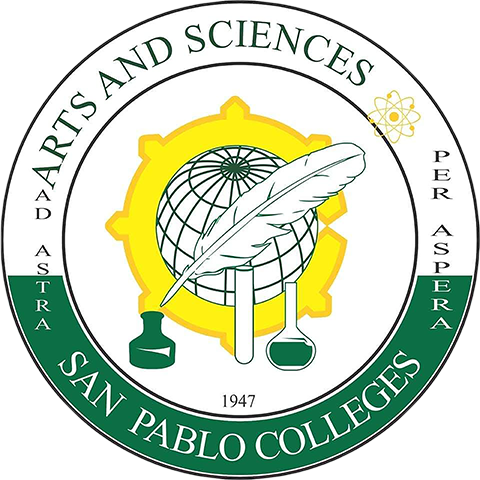 Colleges of Arts and Sciences
Colleges of Arts and Sciences 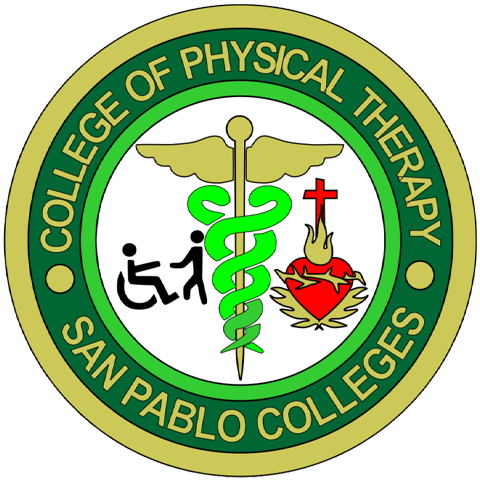 College of Physical Therapy
College of Physical Therapy 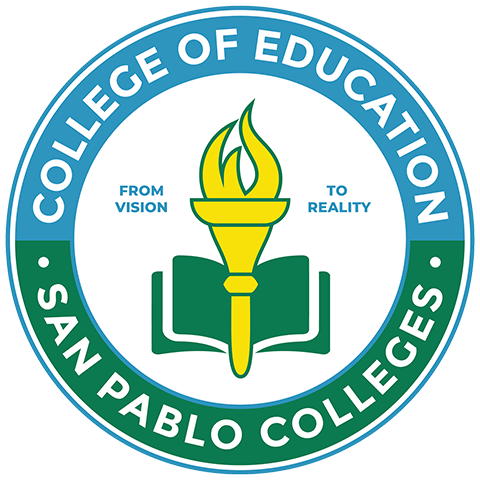 College of Education
College of Education 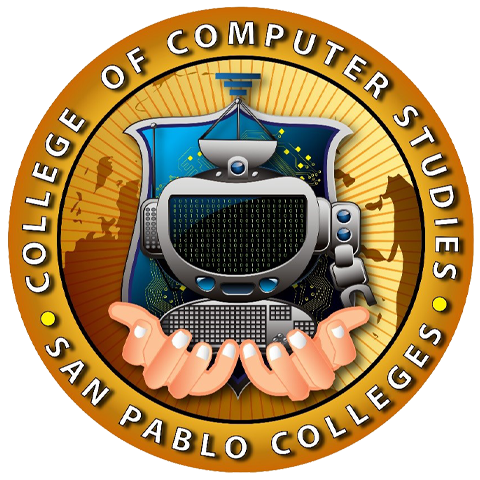 College of Computer Studies
College of Computer Studies 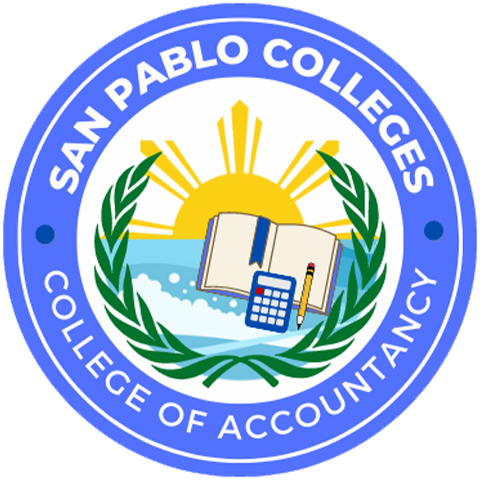 College of Accountancy
College of Accountancy  College of Hospitality Management
College of Hospitality Management  College of Bussines Administration
College of Bussines Administration 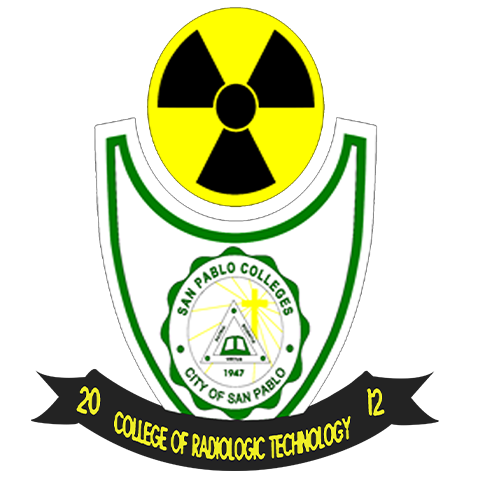 Colleges of Radiologic Technology
Colleges of Radiologic Technology